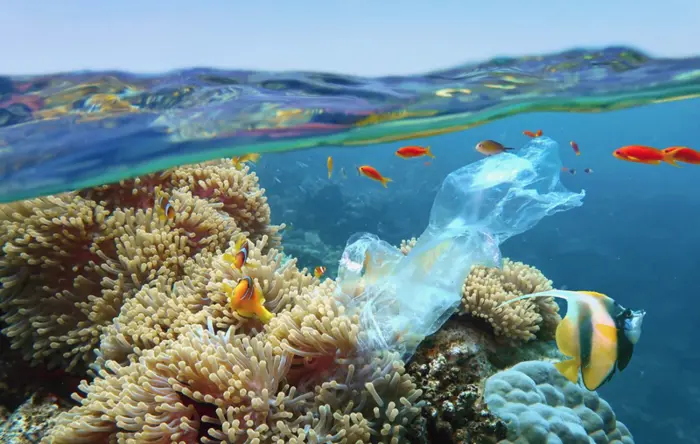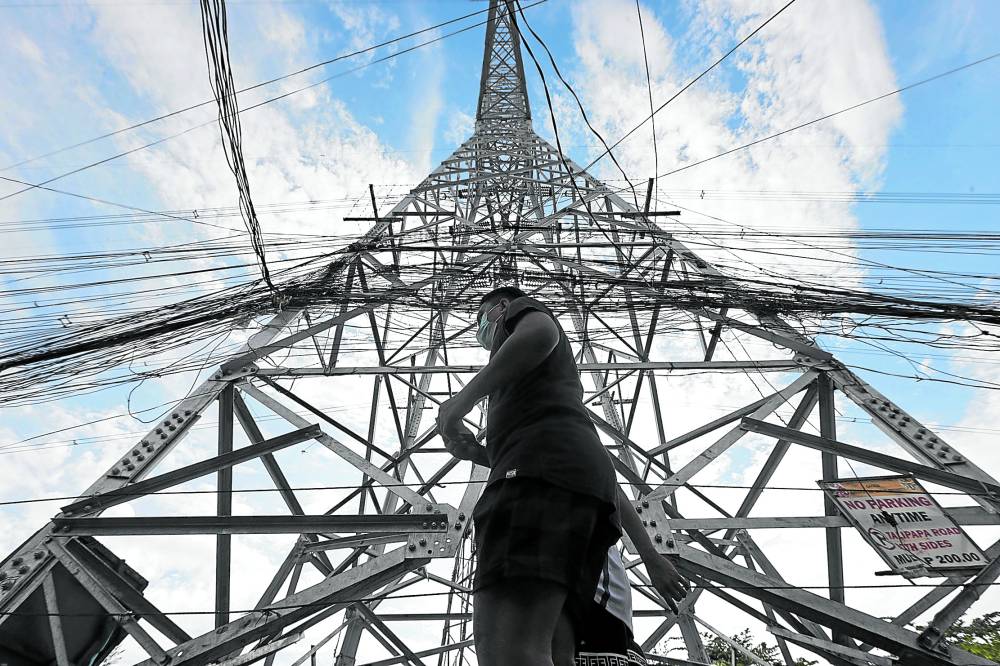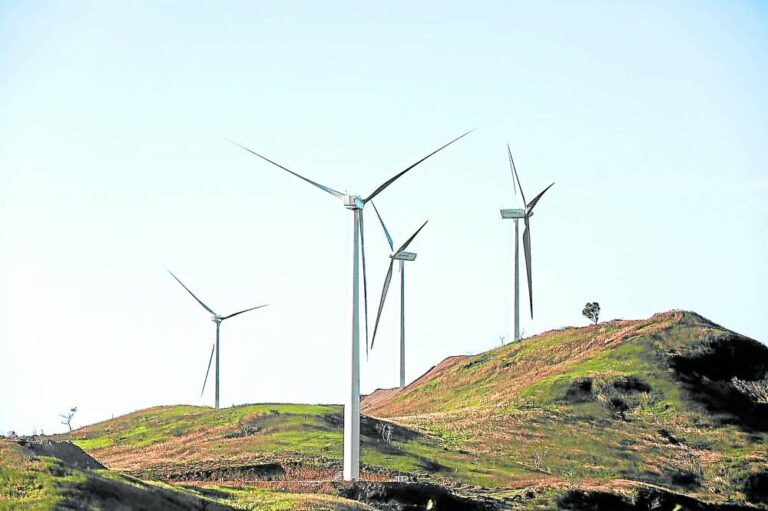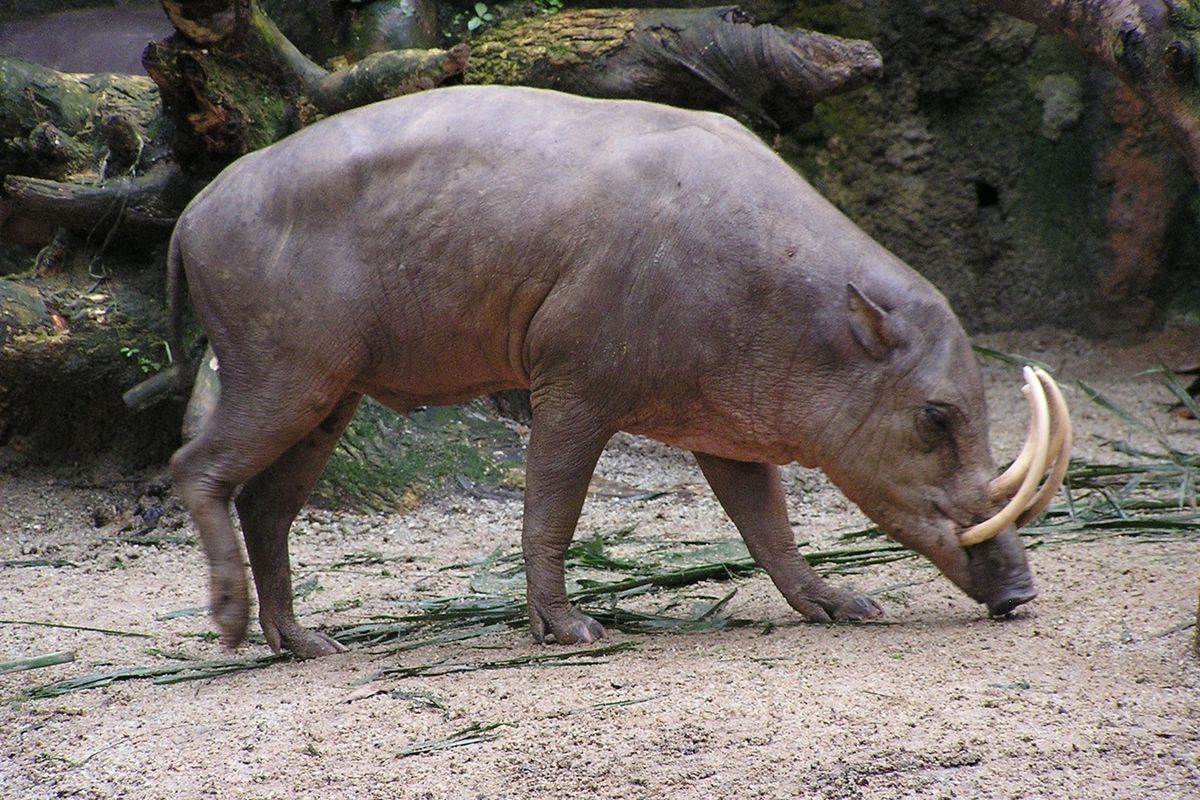Plastic has become deeply embedded in our modern lives. From packaging to electronics and even medicine, it is so widely used that imagining life without it feels almost impossible. In Malaysia, where plastic products are cheap and easily accessible, this dependence is especially pronounced. But this convenience comes with a growing cost—an escalating crisis of plastic pollution that is impacting our rivers, coasts, oceans and marine life.
Where is all this plastic coming from?
The main sources of plastic pollution in Malaysia are land-based, including household waste, single-use packaging and unmanaged plastic litter. Unfortunately, waste separation at the source remains low. Most Malaysians still dispose of all their waste—including recyclables—into a single bin, which reduces the value and recyclability of plastic.
Our rivers, particularly the Klang and Kerayong, act as direct channels for this waste to reach the sea. Our own recent study on the Kerayong River, conducted with WWF-Malaysia, found worrying levels of plastic accumulation, especially in urban areas. Plastic items such as wrappers, food containers, and sachets are among the most common.
In addition, fishing-related waste—including abandoned, lost or discarded fishing gear (ALDFG)—contributes to marine debris. Ghost nets and traps not only pollute but also entangle marine life.
How bad Is Malaysia’s contribution?
Malaysia has been listed among the top contributors of plastic waste per capita in the region. Rivers like the Klang and Penang’s Sungai Pinang are often cited in global assessments as some of the most polluted. Coastal areas in Selangor, Penang, Johor and Sabah have emerged as plastic pollution hotspots due to population density and poor waste management infrastructure.




